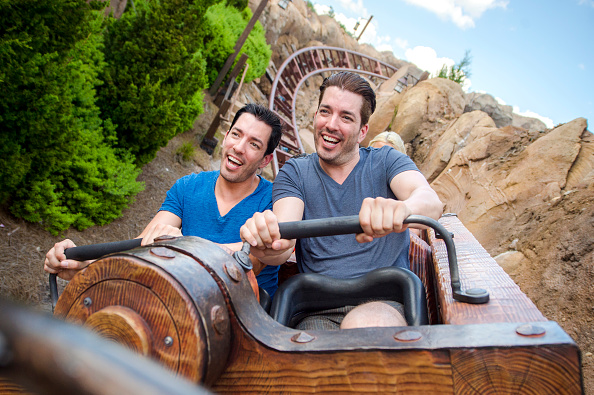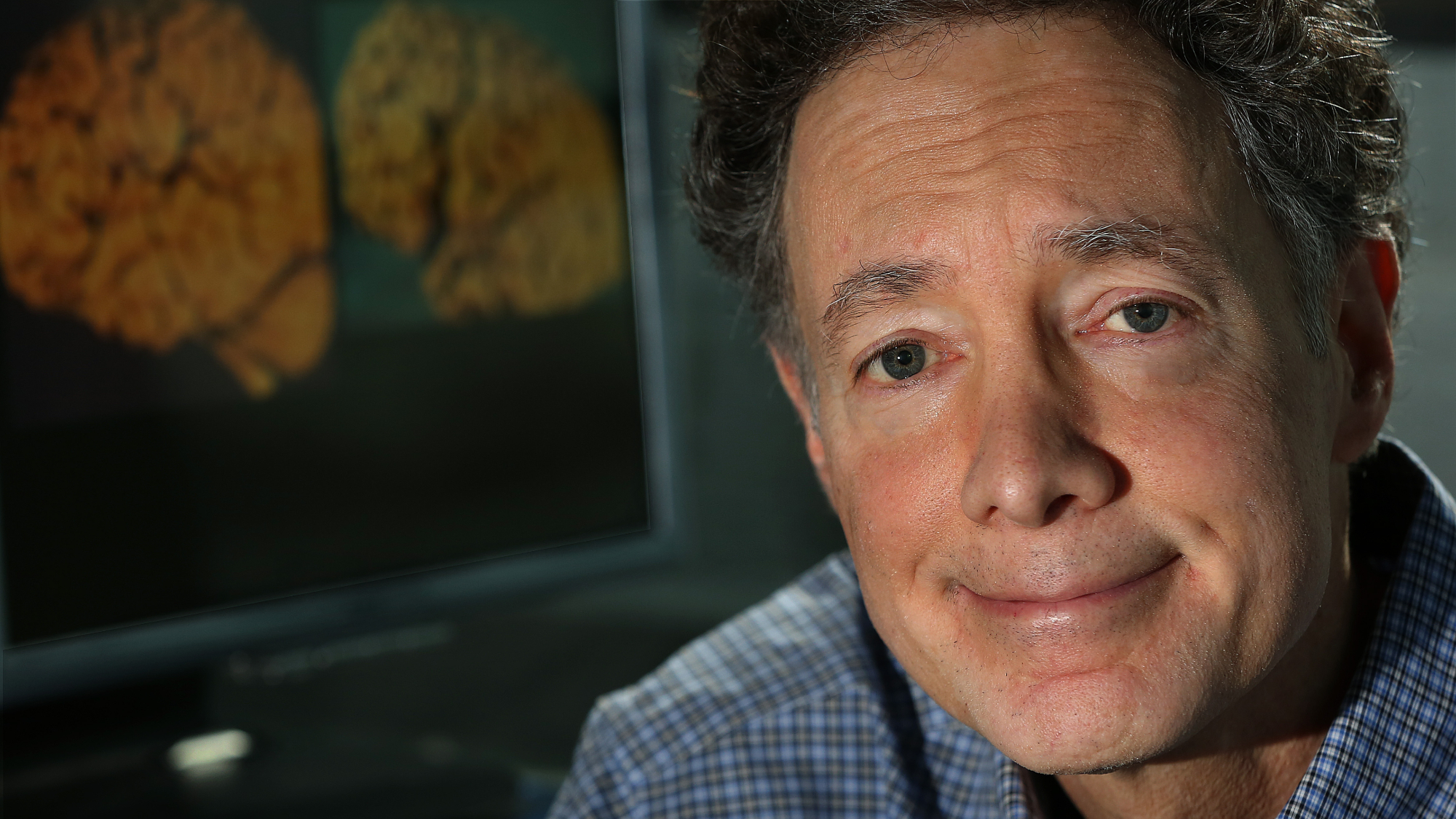Study: Riding a roller coaster could help people pass kidney stones


The next time you have a kidney stone, don't go to the doctor or stay home in excruciating pain — head to your local amusement park.
After hearing from patients who said their kidney stones passed without pain after going for a ride on Big Thunder Mountain at Disney World, researchers at Michigan State University decided to conduct a test. Using a 3D printer, they created silicone models and put in kidney stones of various sizes, then took them for a ride. The scientists say even the largest stones were dislodged after two or three rides, and sitting in the back was more effective than being in the front.
Dr. Clayton Lau, a urologist at City of Hope in Duarte, California, told ABC Los Angeles the bumpiness of a roller coaster likely does not create enough turbulence to pass a stone, and the rush of adrenaline probably causes movement in the ureter, helping propel the stones. The researchers say their models show the stones did pass all the way after at least one ride, and suggest that people who are prone to getting kidney stones go for regular rides to keep them at bay. Lau doesn't see thrill ride therapy becoming the next big thing, saying, "I think that's the last thing you want to do when you're in pain is jump on a roller coaster," but ask any patient and even while hurting, they might choose Disneyland over the doctor's office.
The Week
Escape your echo chamber. Get the facts behind the news, plus analysis from multiple perspectives.

Sign up for The Week's Free Newsletters
From our morning news briefing to a weekly Good News Newsletter, get the best of The Week delivered directly to your inbox.
From our morning news briefing to a weekly Good News Newsletter, get the best of The Week delivered directly to your inbox.
A free daily email with the biggest news stories of the day – and the best features from TheWeek.com
Catherine Garcia has worked as a senior writer at The Week since 2014. Her writing and reporting have appeared in Entertainment Weekly, The New York Times, Wirecutter, NBC News and "The Book of Jezebel," among others. She's a graduate of the University of Redlands and the Columbia University Graduate School of Journalism.
-
 Blue Origin launches Mars probes in NASA debut
Blue Origin launches Mars probes in NASA debutSpeed Read The New Glenn rocket is carrying small twin spacecraft toward Mars as part of NASA’s Escapade mission
-
 Dinosaurs were thriving before asteroid, study finds
Dinosaurs were thriving before asteroid, study findsSpeed Read The dinosaurs would not have gone extinct if not for the asteroid
-
 SpaceX breaks Starship losing streak in 10th test
SpaceX breaks Starship losing streak in 10th testspeed read The Starship rocket's test flight was largely successful, deploying eight dummy satellites during its hour in space
-
 Rabbits with 'horns' sighted across Colorado
Rabbits with 'horns' sighted across Coloradospeed read These creatures are infected with the 'mostly harmless' Shope papilloma virus
-
 Lithium shows promise in Alzheimer's study
Lithium shows promise in Alzheimer's studySpeed Read Potential new treatments could use small amounts of the common metal
-
 Scientists discover cause of massive sea star die-off
Scientists discover cause of massive sea star die-offSpeed Read A bacteria related to cholera has been found responsible for the deaths of more than 5 billion sea stars
-
 'Thriving' ecosystem found 30,000 feet undersea
'Thriving' ecosystem found 30,000 feet underseaSpeed Read Researchers discovered communities of creatures living in frigid, pitch-black waters under high pressure
-
 New York plans first nuclear plant in 36 years
New York plans first nuclear plant in 36 yearsSpeed Read The plant, to be constructed somewhere in upstate New York, will produce enough energy to power a million homes


